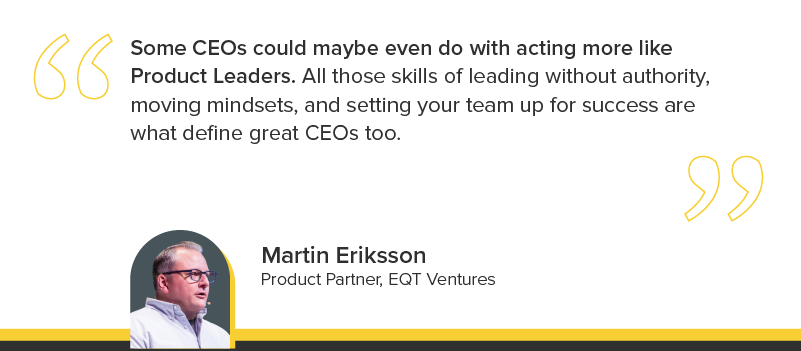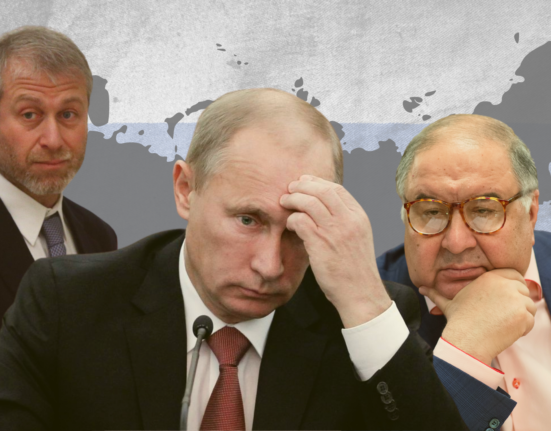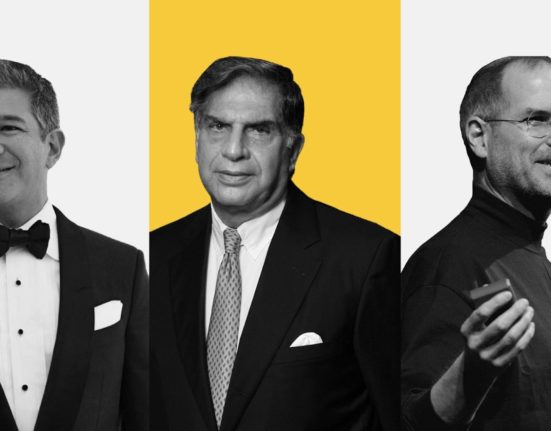Ever since Ben Horowitz called good product managers “the CEO of the product” in 1998, the industry has been divided.
There are those that look upon Horowitz’s words as a mantra. And then there are those, like Martin Eriksson, who challenge this view.
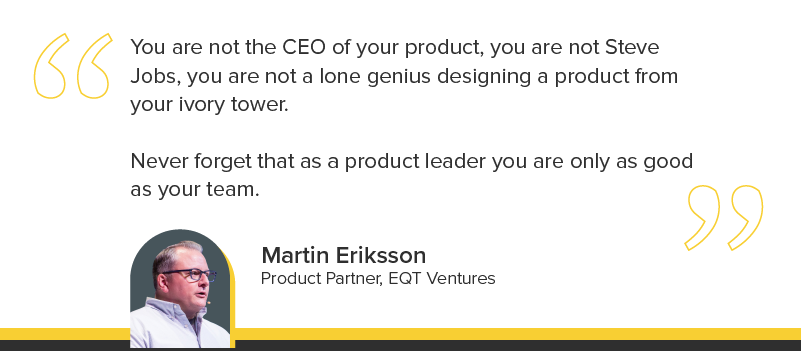
Who comes closer to the truth, especially in the highly dynamic workplaces of 2022? Is there a better way to describe the PM’s role? In this article, we’ll explore these questions in more depth.
It makes sense — PMs make great CEOs
PMs drive strategic decisions and are completely responsible for the success or failure of a product.
Passion is a critical part of this. Good PMs need to care about their product’s users, the company’s success, and their own personal brand. Other important traits for PMs include empathy, effective time management, courage, and intuition.
These are all qualities that you frequently find in top CEOs.
Like CEOs, PMs need to closely understand the customers, the business, and the technologies they work with. They are the glue that holds together a large team of people with very different skills: engineers, designers, sales, marketing, and more. In some ways, the PM is already a CEO — albeit within a limited domain.
In our interaction with Martin Buergi, Principal Product Manager at Adobe, he mentions how PMs and CEOs have a number of core skill sets in common.
We’re (PMs) obsessed with customers. We’re accountable for success. We’re also super data-driven – we measure everything, and most of our decisions are based on data.
We have to be able to talk to stakeholders and receive difficult feedback. Also, we need to have at least a basic understand of other areas such as engineering and marketing.
Martin Buergi, Product Manager @ Adobe
Buergi’s own economics background and experience with engineering, sales and other areas meant that he could easily talk to stakeholders and translate their inputs into the right features.
“I love talking to people, and I have a certain obsession to make customers’ lives better. It was very obvious for me that I’m a PM because I can speak technical and business languages, and I can translate bidirectionally.”
Brands already see the impact of ex-PM CEOs
So in some ways, it’s not hard to see why, when Horowitz suggested that future CEOs will come from the ranks of product managers. Sundar Pichai (Google), Satya Nadella (Microsoft), and Indra Nooyi (PepsiCo) were all PMs before they became CEOs of big brands like Google, Microsoft, Yahoo, and PepsiCo.
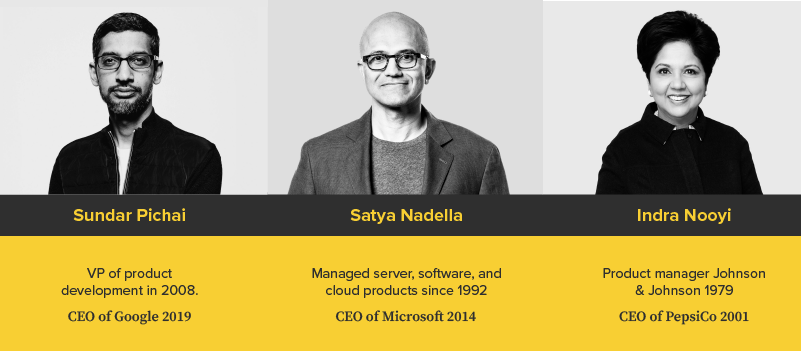
Each of these brands saw a significant upward trend as soon as the ex-PM/new-CEO stepped in. Satya Nadella took over as CEO of Microsoft at a time when the company was struggling with a stagnating stock price and a lack of direction. Under his leadership, the company has moved in a decidedly different strategic direction by prioritizing cloud computing over the historical focus on personal computers. It also transitioned to a partner-first model, which has gone on to become a key driver of its commercial revenue.
The transformation has been dramatic: Microsoft has reclaimed its position as one of the most valuable companies in the world and is a leader among cloud infrastructure providers today.
In another shining example, Indra Nooyi introduced design thinking at every stage of Pepsi’s supply chain, making sure a lot of attention was paid to user experience. This transformation, among her other initiatives, resulted in 80% sales growth over her 12-year tenure.
And there are many more such examples of highly successful CEOs who started out as PMs: Susan Wojcicki @ YouTube, Ian Zhao @ Notion, Stewart Butterfield @ Slack, and more.
But not everyone can be a CEO
The metrics for managing a product aren’t the same as those for managing an entire organization. While many seasoned PMs make excellent CEOs, this doesn’t imply that all talented PMs will make good CEOs.
As Buergi puts it, “In theory, I think PMs and CEOs share a lot of the same qualities. But in practice, I have not really seen many PMs that would qualify as good CEOs.”
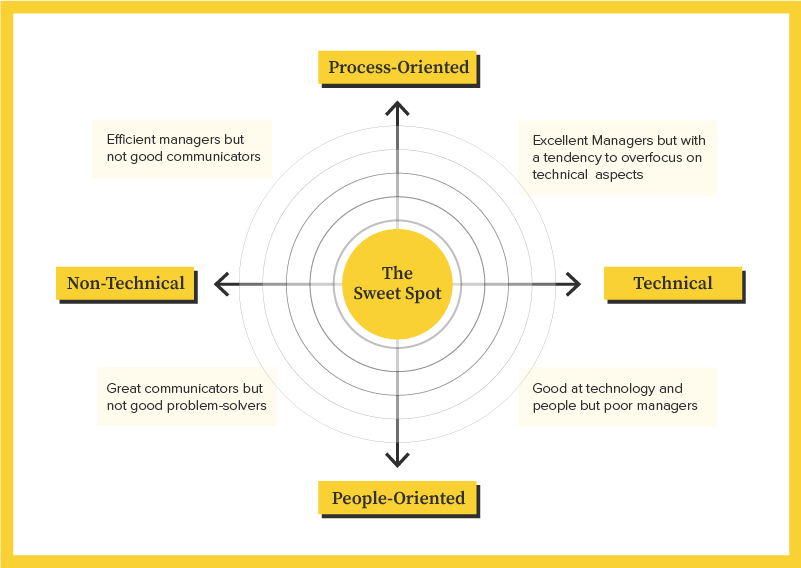
According to him, this could be because of a variety of reasons. PMs with a deep engineering focus may end up micromanaging technical aspects, wasting a lot of their time in debugging and other such activities.
Sometimes, it’s the opposite. PMs without an engineering background find it hard to grasp more technical concepts such as GraphQL or microservices.
Then there are data-driven PMs who are great at process and project managing via tools like JIRA but don’t focus on customer interactions. This can mean that there’s not enough real-world feedback to help the team build the right product, much less guide the approach of the entire organization.
Finally, there’s what Buergi calls the on-the-roll PMs — they go to conferences, sales meetings, and get a lot of feedback. But they don’t like doing the dirty work of creating JIRA tickets or debating process details. This can be a great learning opportunity for the teams they manage, as they get a lot of freedom to build things, but sometimes the outcome is not what the PMs and customers expected.
“In general, I would say that the data-driven approach is great. But if you’re too focused or buried in data, you may miss the innovation”
This suggests that what’s most important for PMs is to be well-rounded across a number of facets. Good PMs should be able to moderate their natural impulses and tendencies and direct their team’s attention to where it needs to go.
The PM’s job is made harder by their lack of authority
Martin Eriksson’s chief argument against equating PMs with CEOs is that PMs have no direct authority over key aspects such as research, design, development, and sales.
While they’re accountable for a lot, nobody reports directly to them. They can’t hire and fire staff. They don’t control the budget or resources. They don’t make all the decisions.
As product management leader John Mecke says in his blog, “Product managers inherit constraints that are set by the CEO or other executives in the company.”
He proposes the PM as player/coach model as a better way to understand the PM’s role. In this model, PMs strive to support the needs of different departments and achieve a win when everyone meets their goals.
Many other metaphors have also been used to describe the PM role: sherpas and referees are among these. Firefighters and symphony conductors are some others.
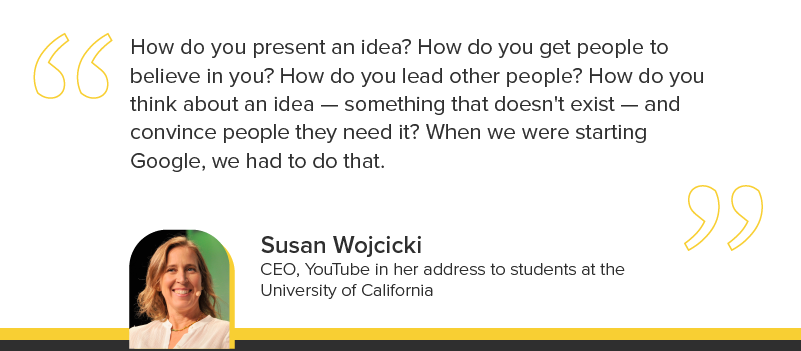
This means skills like communication are critical to succeed in this role. PMs need to make sure that a large number of stakeholders are aligned to a single vision.
This — leading without authority — is an extremely complex task. PMs have to find ways to support team members, break silos, remove obstacles, and add value where possible — without taking away team members’ sense of autonomy. This is a role that is fundamentally about evangelism and empowering others.
Beware, the CEO role comes with ‘real’ authority
In the transition from a PM to a CEO, authority increases but clarity decreases. There’s no one to tell you what to do — and while this can be a huge opportunity, it’s also a huge risk.
To be an effective CEO, here’s the three-fold ‘expansion’ of horizons that you’ll need to pursue:
Integration: from product decisions to organizational strategy
The largest change in the PM-CEO journey is the switch to driving functions across the organization. This means moving beyond just product and scaling effective approaches across functions like sales, service, finance, and others.
The CEO role comes with ‘real’ authority. Unlike at a PMs role, you now have more flexibility (and authority) to drive change — however, you simultaneously have reduced guidance and lack of a framework for your next steps.
Hence, you have more things to manage and fewer things to control.
Ensure that you’re guiding the larger direction at all times without trying to control specifics at each level. Trust your function heads — direct and guide them, but don’t expect them to follow the exact same approach that you did in your earlier role.
How to prep: Practice effective delegation even in your PM role. Also, get a better understanding of how other functions operate at a high level, the metrics they target, and the challenges they face.
Vision: from product vision to growth vision
To step into a CEO’s shoes, you have to think beyond a single product and about the company as a whole. What gaps exist in the market? What industry trends can you capitalize on? What key steps could help to significantly grow the bottom line?
PMs who have the vision to become CEOs need to be able to question the status quo and imagine something better, and then be able to create the roadmap for their company to achieve those goals.
For instance, Sundar Pichai started out at Google as the product manager for the Google toolbar, and in 2006, when Microsoft made Bing the default search engine on Internet Explorer, Pichai worked to convince computer manufacturers to preinstall the Google toolbar on computers.
However, he also realized that installing a toolbar to perform a search wasn’t a great experience for users and proposed that Google should build its own browser: Google Chrome.
Although his idea was initially rejected, Pichai came back with data that showed that this was the right way for Google to go. He was right — Chrome is now the most popular browser in the world, used by 66 per cent of users. And although Google doesn’t disclose the revenue figures for Chrome, it is one of the brand’s most valuable assets.
How to prep: Move from product-focus to customer-focus — and start transitioning from a product specialist to an industry deep-generalist. Ask questions that help you evaluate the situation, anticipate challenges, and discover alternative solutions. Always substantiate your case with research.
Experience: from user experience to brand experience
Once you’ve defined your vision, it’s time to communicate it beyond the organization to your customers.
Great user experience is the holy grail that all PMs must strive for. But CEOs need to think bigger, about the end-to-end experience that your customers and prospects have when they interact with your organization — including the product, marketing, sales, and service.
As a CEO, you’ll define the brand experience for your organization. To do this effectively, you should be able to identify what’s most important to your customers, whether it’s product quality, price, or resolution time — as well as the metrics that capture this.
How to prep: Evaluate customer experience across the buyer journey and extensively research your market and customers. This starts with the most important part — talk to as many customers as you can, and get a crystal clear idea of how they feel about and interact with your organization. Your brand experience needs to become a part of your organizational culture, and that change starts right from the CEO.
Leading through influence, as PMs do, is what creates cohesive teams
The PM role has some key characteristics that make it one of the strongest candidates for the role of CEO. The most prominent of these is the experience of leading through influence.
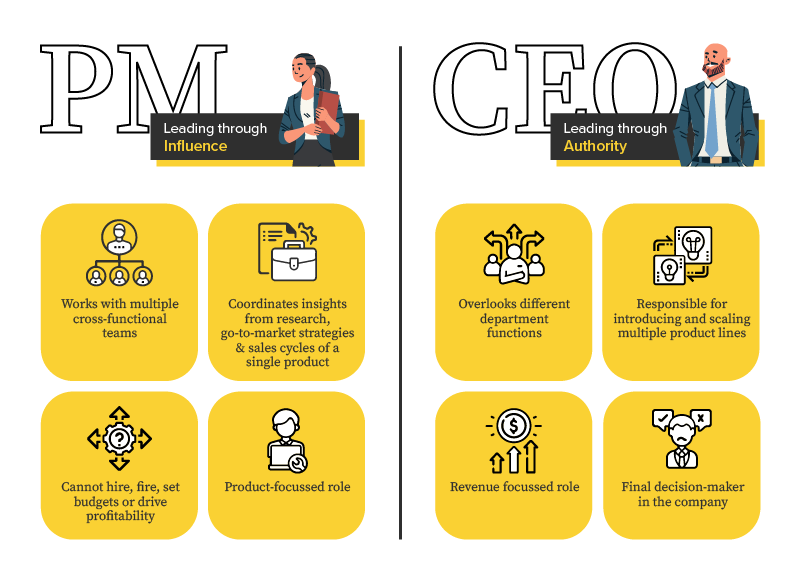
The role of a CEO is to provide direction — and the best way to move people is rarely through pure authority. Leadership is best done through guidance rather than autocracy, which is something that influential leaders and PMs both agree on.
Ultimately, even Martin Eriksson shifts from his earlier proposition and agrees that PMs do go on to make great CEOs.
